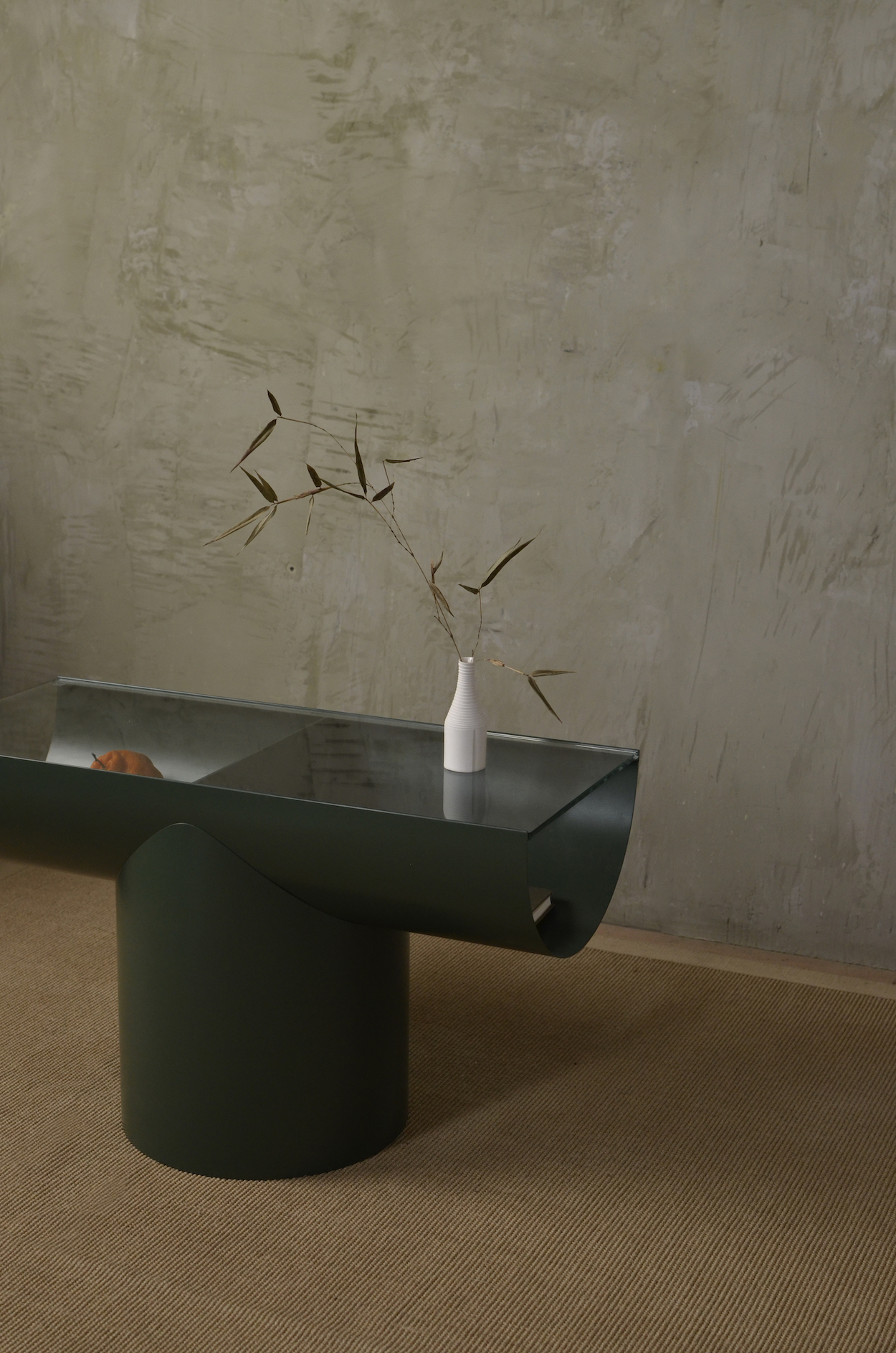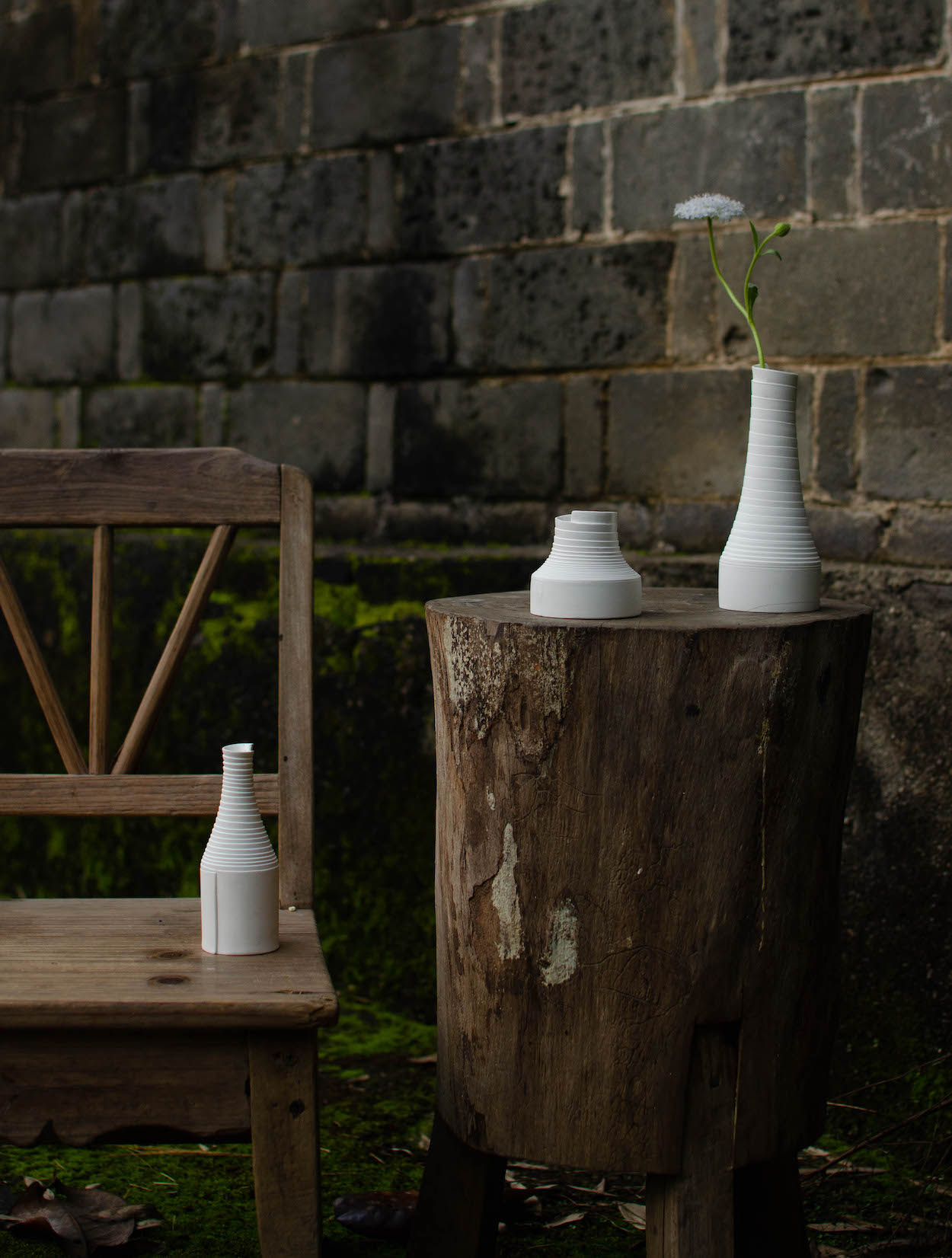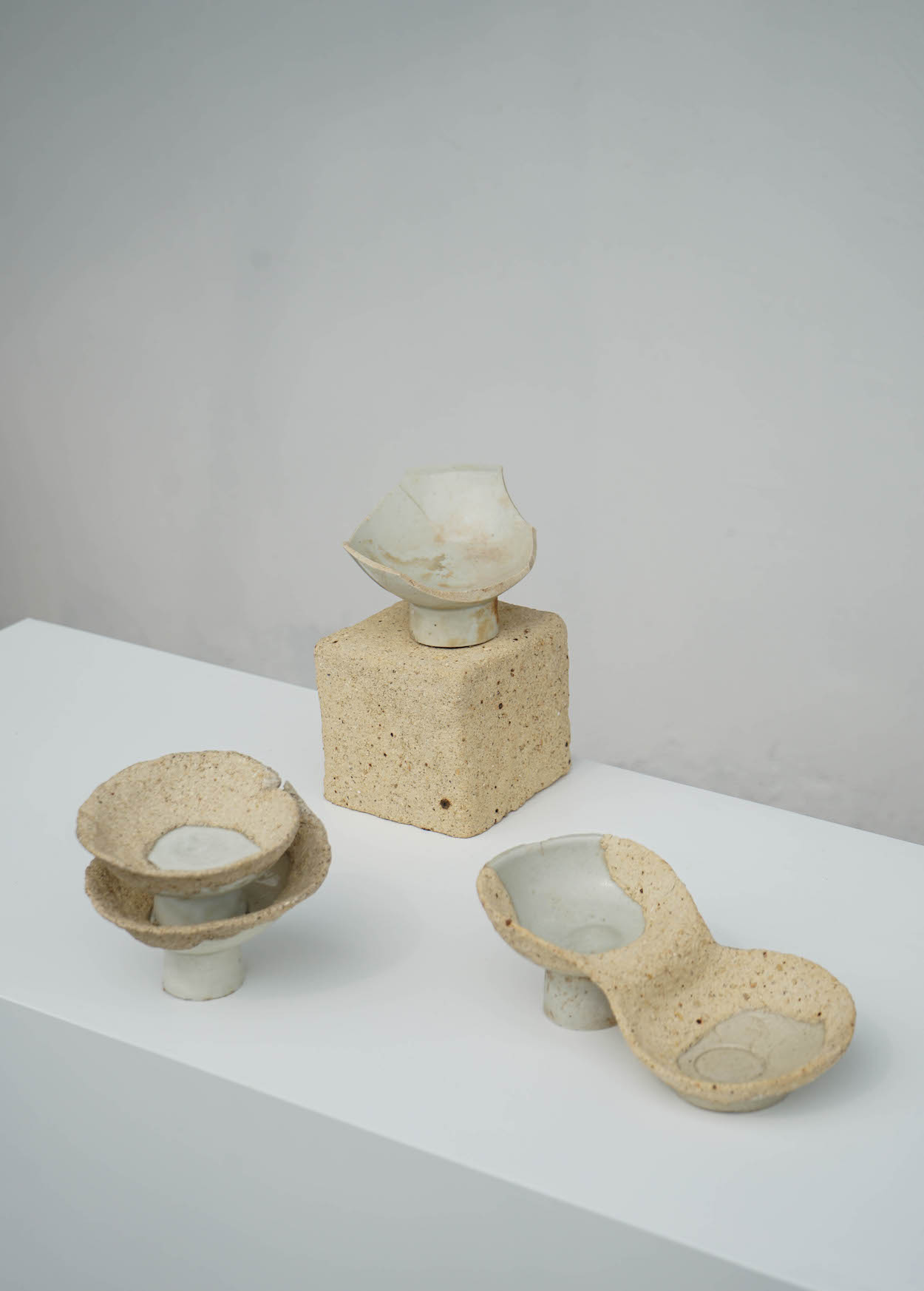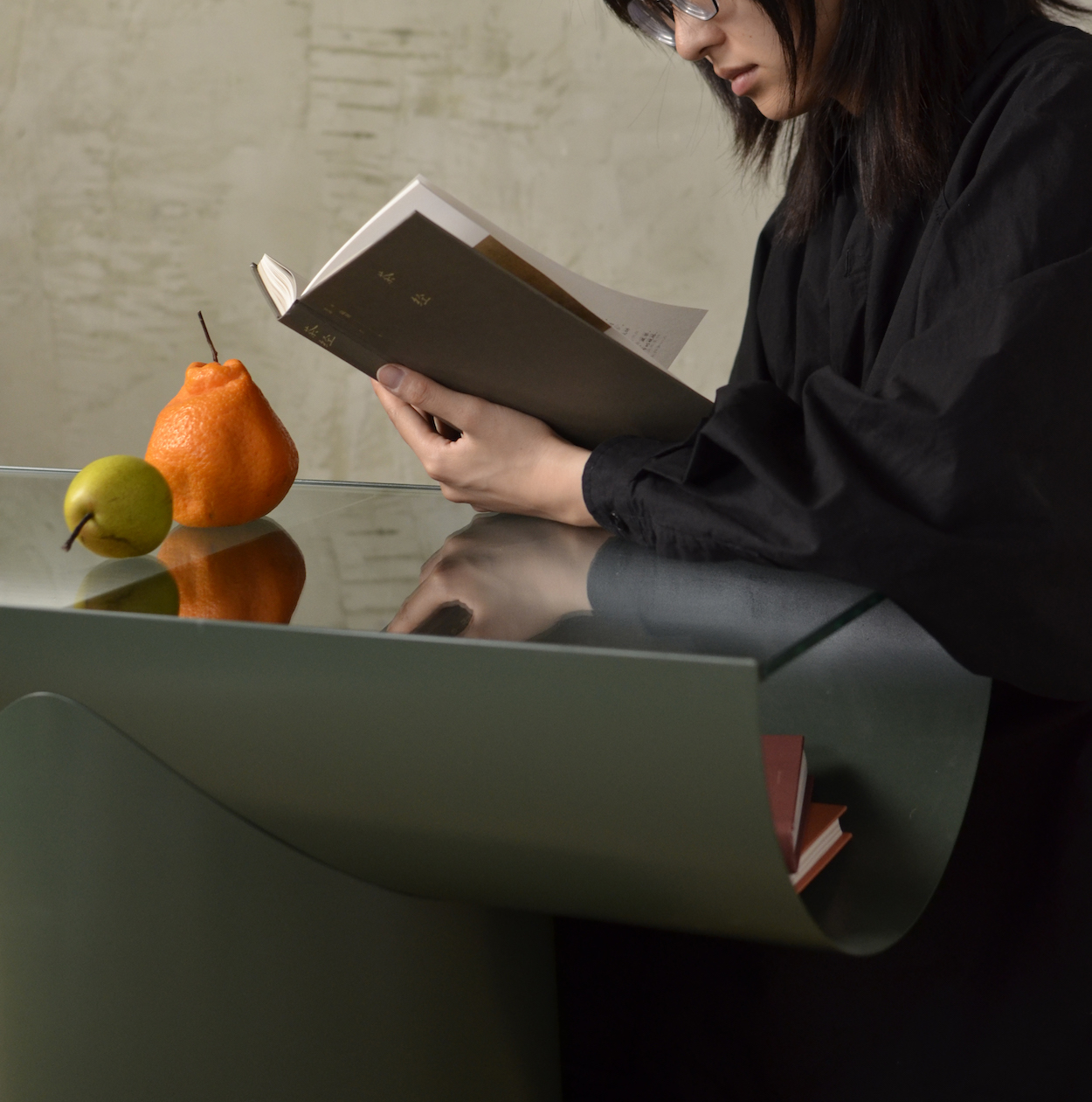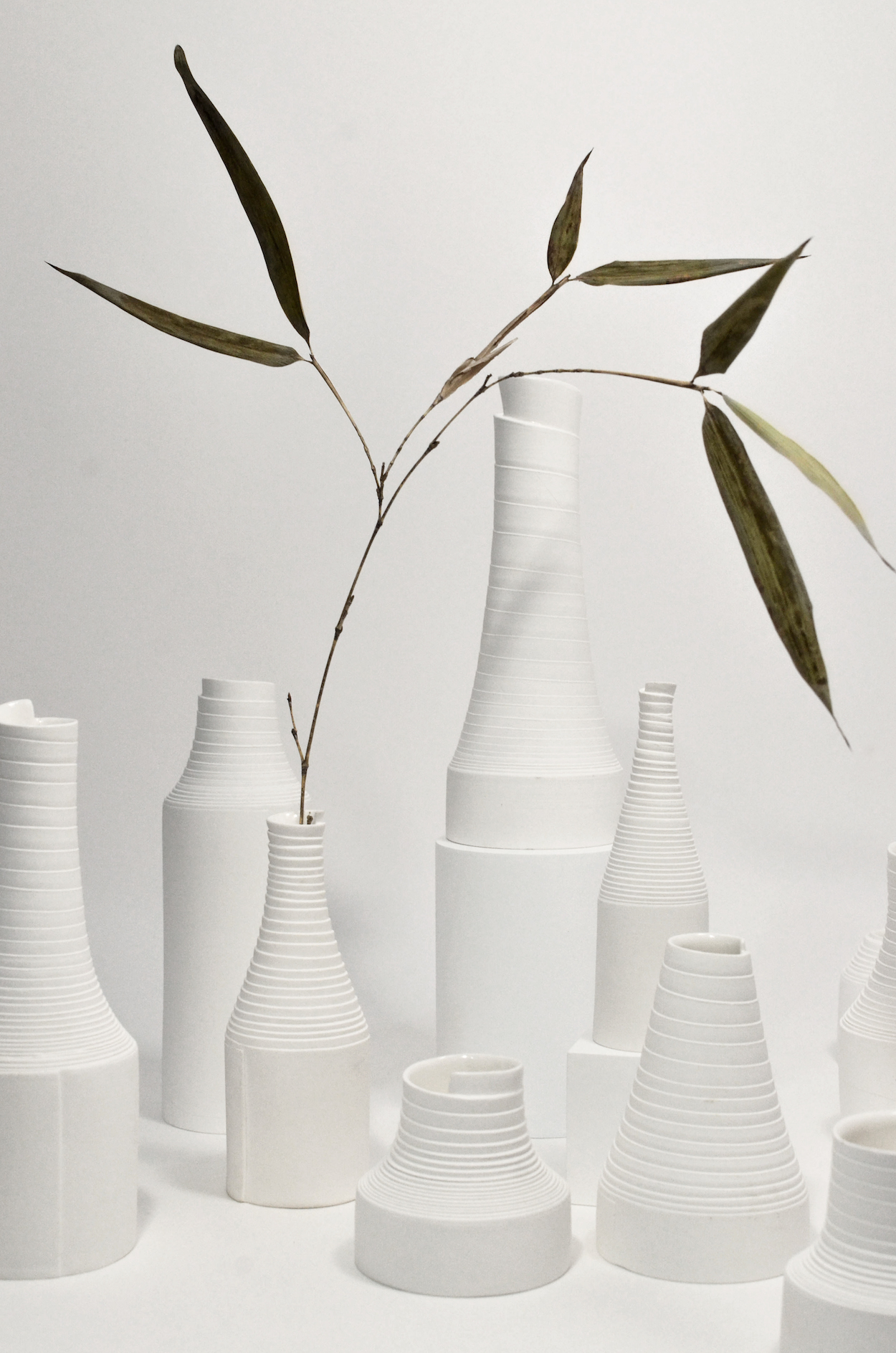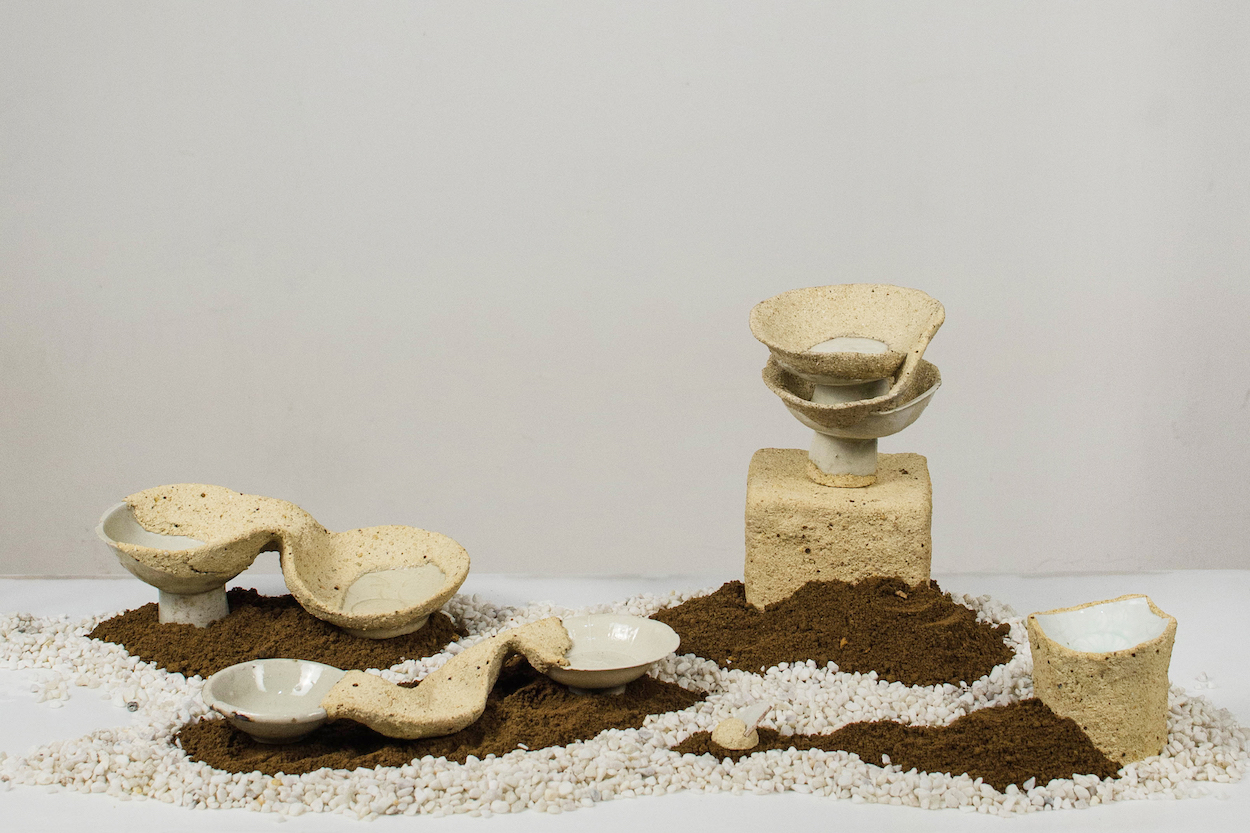Here, we ask designers to take a selfie and give us an inside look at their life.
Age: 24 (Lyu Yefeng). 23 (Li Kai).
Occupation: Product designers.
Instagram: @emotive_soil
Hometown: Zhejiang, China (Lyu). Jiangxi, China (Li).
Studio location: Jingdezhen, China, and London.
Describe what you make: Emotive Soil is a design and craft studio. The aim of our design practice is to understand “how people create” in different contexts, by observing how design is entangled with material, culture, geography, and history. Currently, we have a plan of doing research around local handicraft in different areas of China and making related objects as a method to document and express what we see, feel, and think.
During the design process, the character of the studio is shifting between designer, maker, narrator, etc, allowing us to create with diverse methods. In the studio, what we create covers the areas of product design, furniture design, spatial design, installation, etc, from which we could have a lot of opportunities to explore and be playful, and even gradually build the identity of Emotive Soil.
The most important thing you’ve designed to date: As we mentioned, we have a plan of researching local handicrafts in different areas. We started this plan at a town called Jingdezhen, the capital of porcelain in China, where our studio is based now.
Our project Shadowy Bloom is the first outcome of our research at Jingdezhen. It’s about shadowy blue ware (Ying Qing ware)—a very representative ware type in the history of the ceramics industry in Jingdezhen. It was created primarily during the Song Dynasty, and many related kiln sites and fragments are still preserved today.
Shadowy Bloom is trying to have a dialogue with the craftsmen in the past. Half part of these objects are made up of old pieces—shadowy blue ware fragments from around a thousand years ago—which are the record of the craftsmanship and techniques mastered by the artisans in the past. Another half are newly created by Emotive Soil, representing the emotion, thought, and response we have after seeing these fragments and the kiln relic. We use sagger clay to bridge the fragments to create new forms while following the original contours of these fragments as were found from the soil. Shadowy Bloom would go to the kiln to be fired before being finished, during which the sagger clay is kind of a good binding agent.
Sagger was a very important kind of fireproof container used to protect the surface of wares in the traditional ceramic firing process. In the relics, many broken sagger pieces and Ying Qing ware fragments can be seen tightly adhered together because of some failure or accidents during the firing process in the past. Inspired by this, we decided to use sagger clay as the main material to connect pieces and create new parts.
Describe the problem your work solves: We don’t usually say that we solve a specific problem in a project. We prefer to think about what we’d like to make our audience feel through different aspects of our work—maybe an innovative way of using, a new perspective of view, a fresh narrative, or an impressive story…
Describe the project you are working on now: We have a project called Rollie, whose inspiration comes from an unintentional “creative behavior” in day-to-day life. When bored, roll up a long strip of paper into a cylinder and extrude the central part of the undersurface. With subtle movements of your fingertips, you can create various shapes. The process of using fingers to shape the object based on an axis direction is very similar to the process of throwing and trimming in ceramic making. The former occurs in daily life, while the latter occurs in traditional craft.
Rollie attempts to convey this “synesthesia” between the two. To imitate the feeling of paper roll, it’s necessary to engrave spiral lines on the surface at one go during throwing and trimming in the ceramic making, which is challenging. On the contrary, when testing what shapes can be rolled out of paper rolls, the attempt was made to imitate the traditional shapes of ware in the ceramic craft.
A new or forthcoming project we should know about: We’ll have a project based on research about sea glass and conventional glass making launching at the end of 2021.
What you absolutely must have in your studio: We have a lovely budgerigar called Stephen. He’s always a reliable friend by our side to accompany us when we’re highly engaged with hard work. When doing hands-on work, we prefer to listen to Chinese classical music. It helps keep focus.
We’ve been collecting old objects with handicraft since we moved to Jingdezhen. These objects range from various vessels bought from a local night market called “Ghost Market” to a bamboo chair with someone’s name on the back from the flea market. We also collect local material that we “encounter” in day-to-day life. These two collections are a very special source of inspiration to us.
What you do when you’re not working: We like riding bikes to travel around a city, town or village. It’s a wonderful way to observe everything around you at a nice distance and cozy speed. We also like hiking in a forest to get refreshed by nature.
Sources of creative envy: Studio Swine, Maarten Baas, Raw Edges, Formafantasma, Glithero, Ronan and Erwan Bouroullec.
The distraction you want to eliminate: Smartphones and unnecessary pressure.
Concrete or marble? Concrete.
High-rise or townhouse? Townhouse.
Remember or forget? Forget (Lyu). Selective memory. Remember the happiness (Li).
Aliens or ghosts? Ghosts (Lyu). I like neither of them (Li).
Dark or light? Dark (Lyu). Light (Li).

